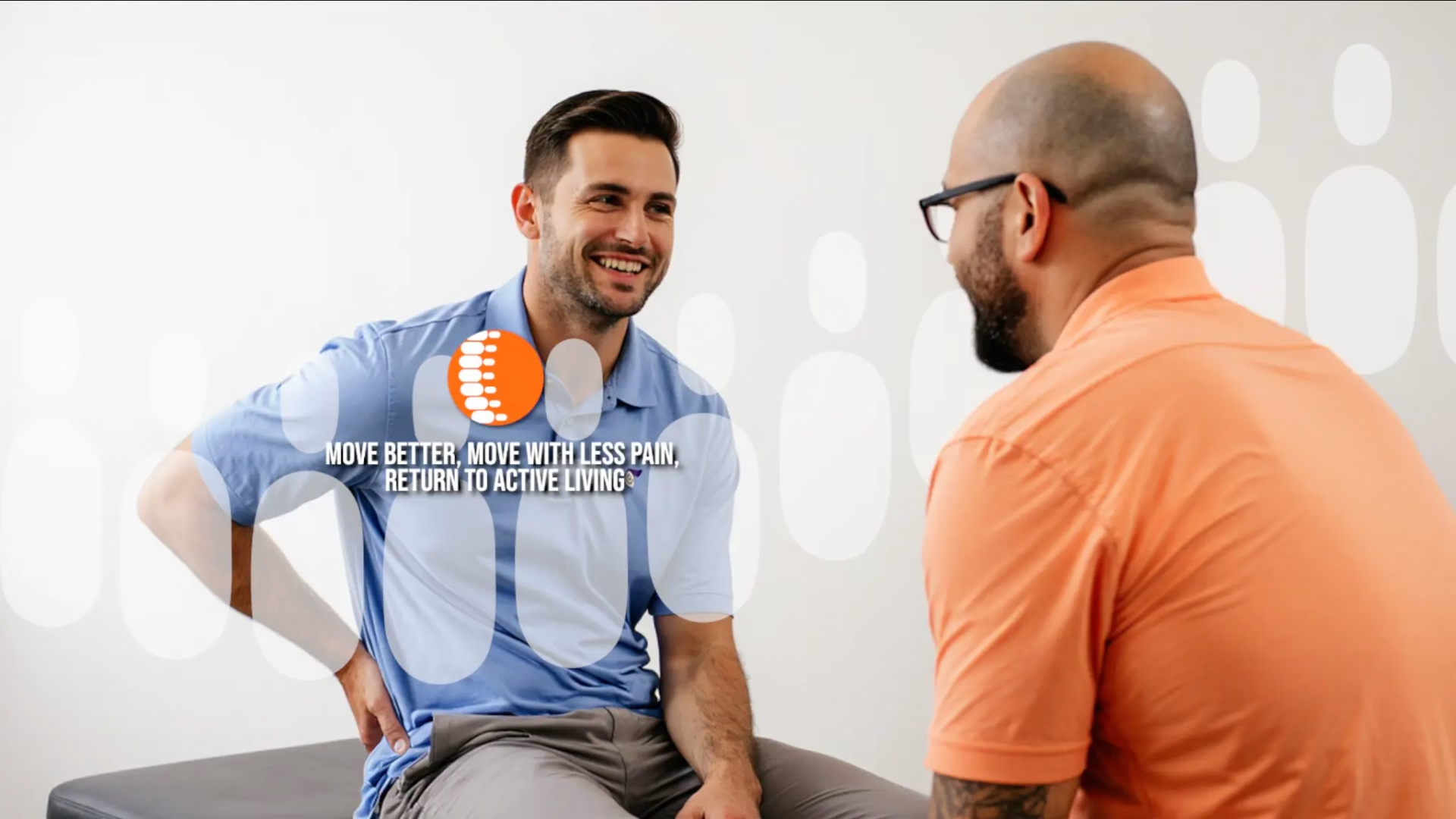If you’re dealing with back pain, even simple tasks can feel uncomfortable. Something as routine as brushing your teeth can suddenly become a challenge. Many people notice their lower back pain increases when they lean over the sink. If brushing your teeth, plucking your eyebrows, or shaving causes discomfort, try adjusting how you move.

If you’re dealing with back pain, even simple tasks can feel uncomfortable. Something as routine as brushing your teeth can suddenly become a challenge. Many people notice their lower back pain increases when they lean over the sink. If brushing your teeth, plucking your eyebrows, or shaving causes discomfort, try adjusting how you move.
When most people brush their teeth, they instinctively lean forward over the sink to prevent toothpaste from dripping. This forward bend usually happens at the lower back instead of the hips. Repeating this position day after day can put extra stress on the muscles that stabilize your spine, leading to more pain or stiffness.
The good news? A few small posture changes can make brushing your teeth much easier and help reduce back pain while brushing.
Take a look at this youtube video to learn more
Stand Tall and Protect Your Spine
The first strategy is simple: stand up straight while brushing. Instead of bending forward, keep your spine tall and bring your toothbrush to your mouth. This upright position minimizes strain on your lower back muscles and helps you maintain a neutral spine. It might feel different at first, but it quickly becomes more comfortable for your back.
Support Your Upper Body and Hinge at the Hips
If you still prefer to stay close to the sink, try this variation. Place your free hand on the counter or sink edge to support your upper body. Then, push your hips back slightly, like you’re about to sit into a chair. Sticking your buttocks out shifts the bend to your hips instead of your spine. This movement, called a hip hinge, lets your body stay balanced while keeping your lower back stable and neutral.
The combination of a neutral spine and light upper-body support can significantly reduce discomfort. You’ll still get the job done but with less pressure on your back.
Use These Tips Beyond the Bathroom
These same ideas apply to many everyday activities. Whether you’re washing dishes, tying your shoes, or picking something off the floor, bending from your hips instead of your lower back helps distribute the load through your legs and hips not your spine. The goal isn’t to avoid movement but to move smarter with better mechanics.
Small changes like this can make a big difference. You’ll feel less fatigue, reduce back strain, and move more freely. Over time, you may notice that your back pain during daily activities becomes less frequent and easier to manage.
When to Seek Help
If you’re still struggling with persistent back pain, these posture tips may not be enough on their own. Pain is often a sign that your muscles, joints, or movement patterns need more focused care. A proper assessment can identify the underlying cause and guide you toward long-term recovery.
At my Winnipeg practice, I use an evidence-informed, multi-modal approach to back pain care. Treatment often includes spinal manipulation and mobilization, exercise therapy, acupuncture, and patient education all tailored to your needs and goals. The goal is to help you move better, reduce pain, and regain confidence in your daily life.
If you’re ready to take control of your back pain and learn how to protect your spine during everyday activities, I’m here to help.
Dr. Notley, Chiropractor and Athletic Therapist, Winnipeg
Helping you move better, with less pain.
Originally posted on May 17, 2022 @ 4:39 pm